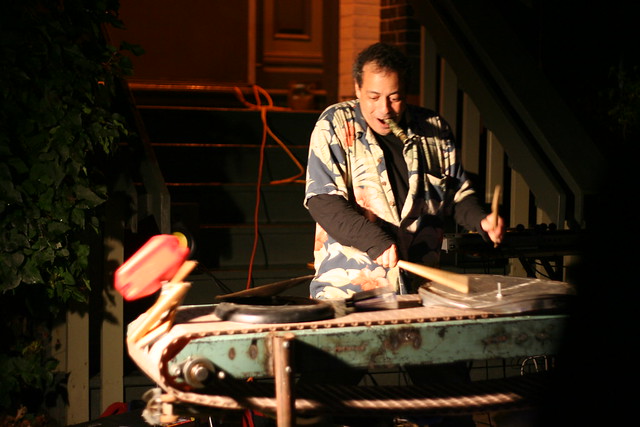
The natural tension between freedom and constraint is the yin-yang proposition at the very core of our daily lives — and music.
- Classical Music 101: What Does A Conductor Do? - June 17, 2019
- Classical Music 101 | What Does Period Instrument Mean? - May 6, 2019
- CLASSICAL MUSIC 101 | What Does It Mean To Be In Tune? - April 23, 2019
People have debated its boundaries since the days of Athenian self-govermnent in Ancient Greece. And musicians have tried to add their individual dash of creativity to organized sound since people began making instruments out of ivory tusks several thousand years ago.
The most elegant phrasing of this ancient tension I have read came from a mid-19th century American politican, Daniel Webster (one of the people who devoted their careers to the abolition of slavery): “Liberty exists in proportion to wholesome restraint.”
Wholesome restraint in Western music takes the form of symbols that transmit information about how a piece should be played: the staves (anchors for the notes), the clefs (which tell us where those notes are), key signatures, accidentals, time signatures, note values, rests as well as a dizzying array of dynamic and tempo indications that has piled onto the printed page since the 18th century.
So much of new music has, for the past century been about the composer playing with these rules in all sorts of provocative ways.
The art of interpretation is about following all of these rules, or laws, and then putting an individual stamp on them.
Tonight’s programme at the new Arraymusic space on Walnut St plays with time — a set of laws that none of us can escape, but we all hope to cheat in one way or another. Artistic director Rick Sacks has put together a concert where each piece gives us a different perspective:
Victoria-based composer Christopher Butterfield contributes Frame, a work that encourages the performers to not begin playing at exactly the same time (an action that makes traditional conductors pull our their hair).
“The idea of inexact unison is an attractive one,” writes Butterfield on Arraymusic’s website. “I had thought to use a graphic notation in my attempt to convey this to the ensemble, but opted for an extremely precise metered notation instead, which I hoped would result, paradoxically, in a greater sense of spontaneity.”
This little insight on Butterfield’s part goes right to the core of what everyone who learns a piece of music goes through: the better you know the notes, the more freedom you have to do something interesting with them.
Sacks explains how in Hypnic Jerk (referring to the sudden full-body twitch we sometime experience just prior to waking up from a deep sleep), composer Nick Storring, “allows for unmetered sections within an overall metered structure to obtain a loose, flowing sound.”
Arraymusic commissioned both of these pieces, to which Sacks has added two others: Dominant Violet by local composer Daniel Foley (inspired by former Arraymusic artistic director, composer Michael J. Baker); and Square Time, by Dutch sound artist Jan-Bas Bollen, a master at crafting richly textured atmospheres (you can hear an exceprt from Square Time here).
Square Time, Sacks explains, “Sets a fine ‘frame’ for the experimentalism of Butterfield and Storring and the passionate tribute to the years of creativity by Michael Baker from Daniel Foley.”
The Arraymusic website has a lot more background on tonight’s concert. For that and ticket information, click here.
John Terauds
- Classical Music 101: What Does A Conductor Do? - June 17, 2019
- Classical Music 101 | What Does Period Instrument Mean? - May 6, 2019
- CLASSICAL MUSIC 101 | What Does It Mean To Be In Tune? - April 23, 2019



